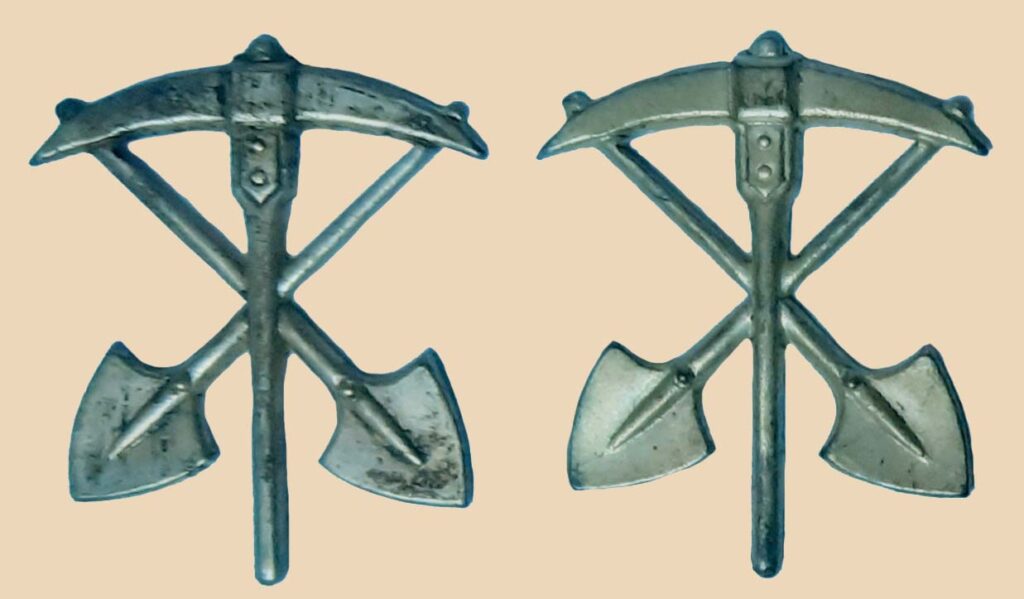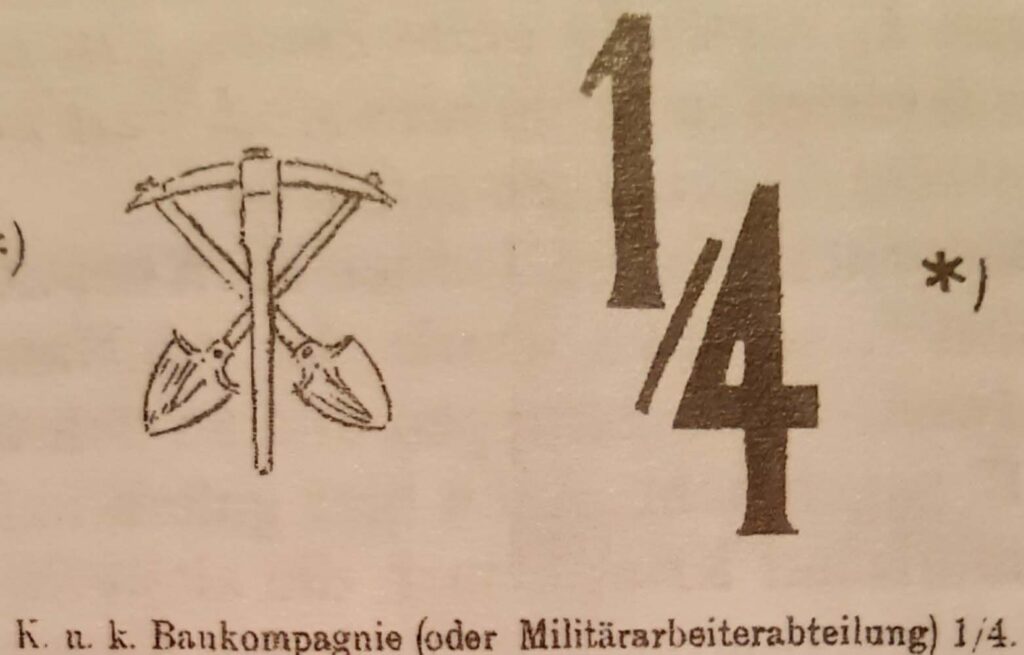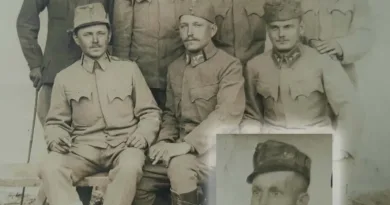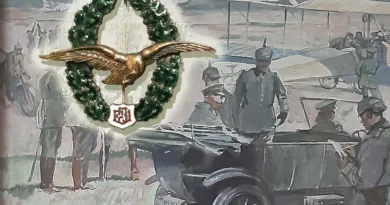Construction worker troop badge
This is a new post from Gábor Széplaki. During the First World War, not much limelight was given to those formations that served the fighting units and were not directly called to carry out combat actions, but to perform auxiliary tasks. Despite this the soldiers of these units often found themselves on the front lines as a quick, temporary replenishment of depleted infantry regiments. We can surely say that without the activities of these teams, the combatant units would have been exposed to even more suffering and danger while carrying out their activities, which cannot be called life insurance anyway. In my present article, you can read about the insignia of such a specialist team.
In 1915, construction companies (Baukompagnie) were created within the ranks of the technical troops, which were typically active in the occupied territories. Their main task was the construction of posts and trenches, the laying of aqueduct networks, and the creation of caverns and shelters. According to some sources, in 1917 there were 498 construction companies in the army. Their crews were made up of soldiers of conscription age, but unfit for frontline service, or of people born before 1883. The two Honvéd companies of the 498 however, differed greatly from the above regulation. The staff of the 194th honvéd insurgent worker squadron included people who were born before the year 1872, and therefore did not receive military training. Therefore, only the officers and non-commissioned officers of the company received weapons. The other unit, the 1st honvéd insurgent stone worker company, which, considering its tasks and name, could have been more of a stone drilling and quarrying special unit, will be discussed in a later post.

The Circular Decree No. 25256/eln 7 of the Hungarian Honvéd published on March 17, 1917, which I have already mentioned several times in my previous posts, laid down the regulations for the wearing of metal troop insignia to be regularized for the special formations of the Hungarian Royal Honvéd units. In the text of the decree, it is stated that “all persons assigned to construction companies or military construction squads wear the insignia on the collar and, in addition to the regularized troop insignia, on the left side of the cap.” The other soldiers who were assigned to these formations could only wear the insignia on their collars, and could wear their original troop insignia on their caps.
The insignia shows symmetrically placed picks on two shovels laid across each other, which were the typical working tools of the corps. The depiction of these simple rampart tools is very lifelike and rich in detail. The crew and staff officers wore a silver insignia, and the officers and officials wore a gold insignia. Officers and officials could also wear the badge with gold or silver embroidery. The insignia were uniform, there was no distinction between the common ones and those issued to those serving in the Honvéd units. To me, only one metal design is familiar, I have not seen a badge with an embroidered or gilded design until now. The wearing photo shown above already depicts a soldier of the post-war Austrian Republic, which is indicated by the fact that the cap rose already has a tricolor instead of the monarch’s monogram. This clearly shows that the new Austrian army retained most of its previous insignia. Photographs depicting clothing from the war period are rare.
Before the appearance of metal badges, this composition was already used for distinctive team badges printed on waxed canvas:





